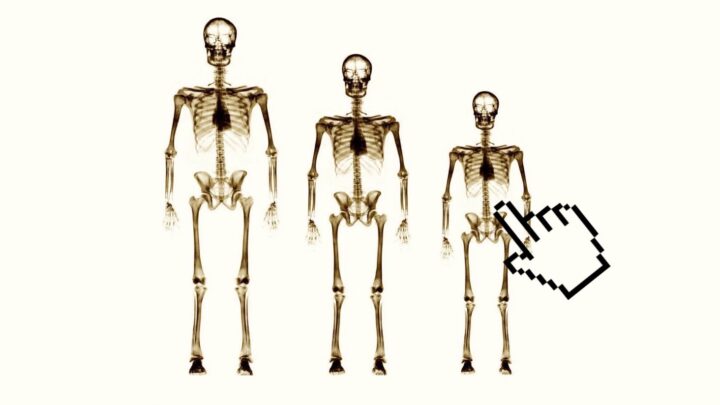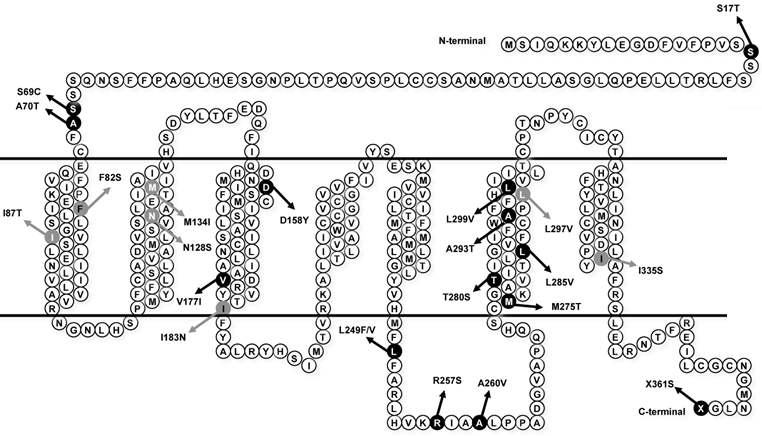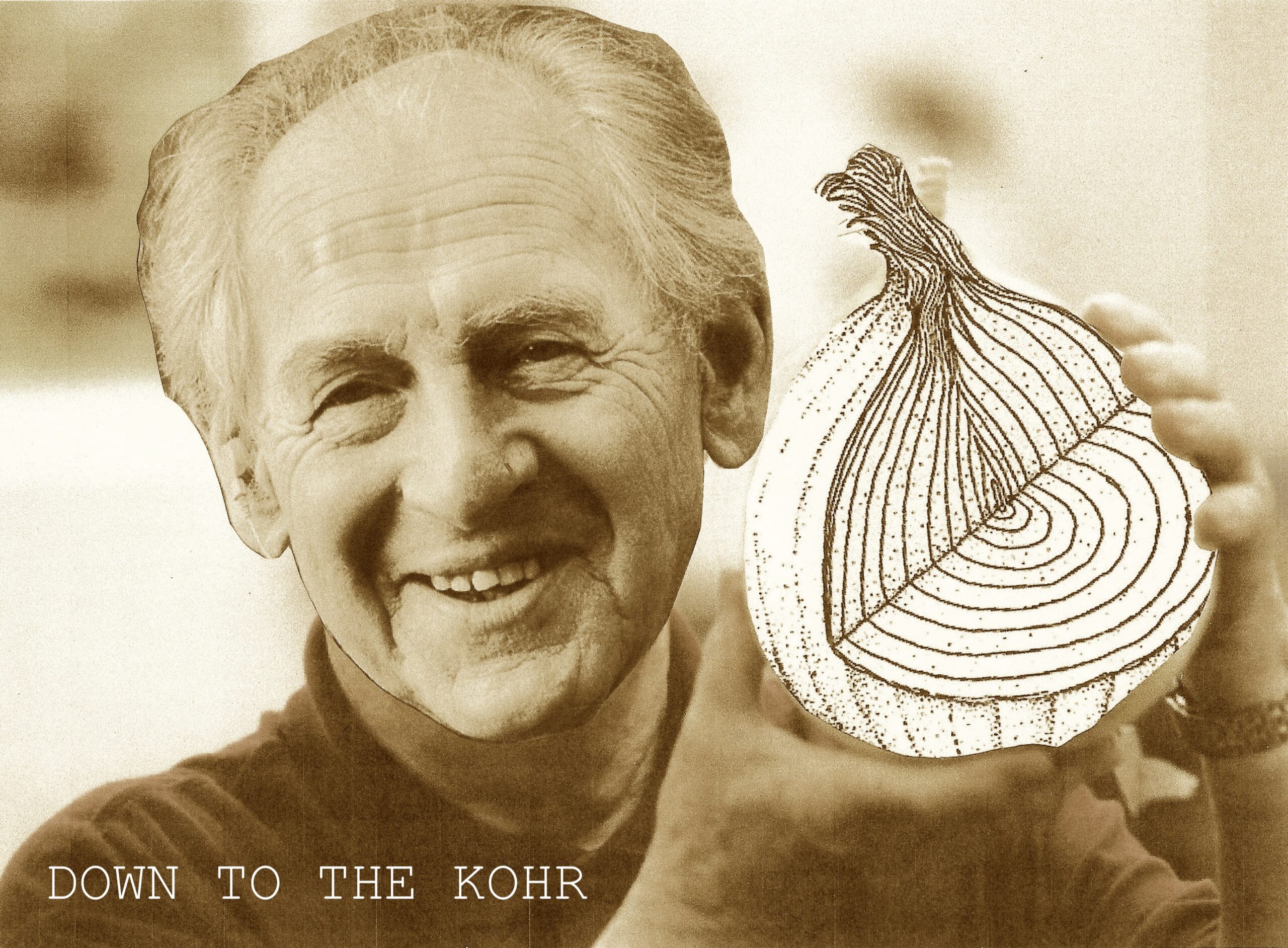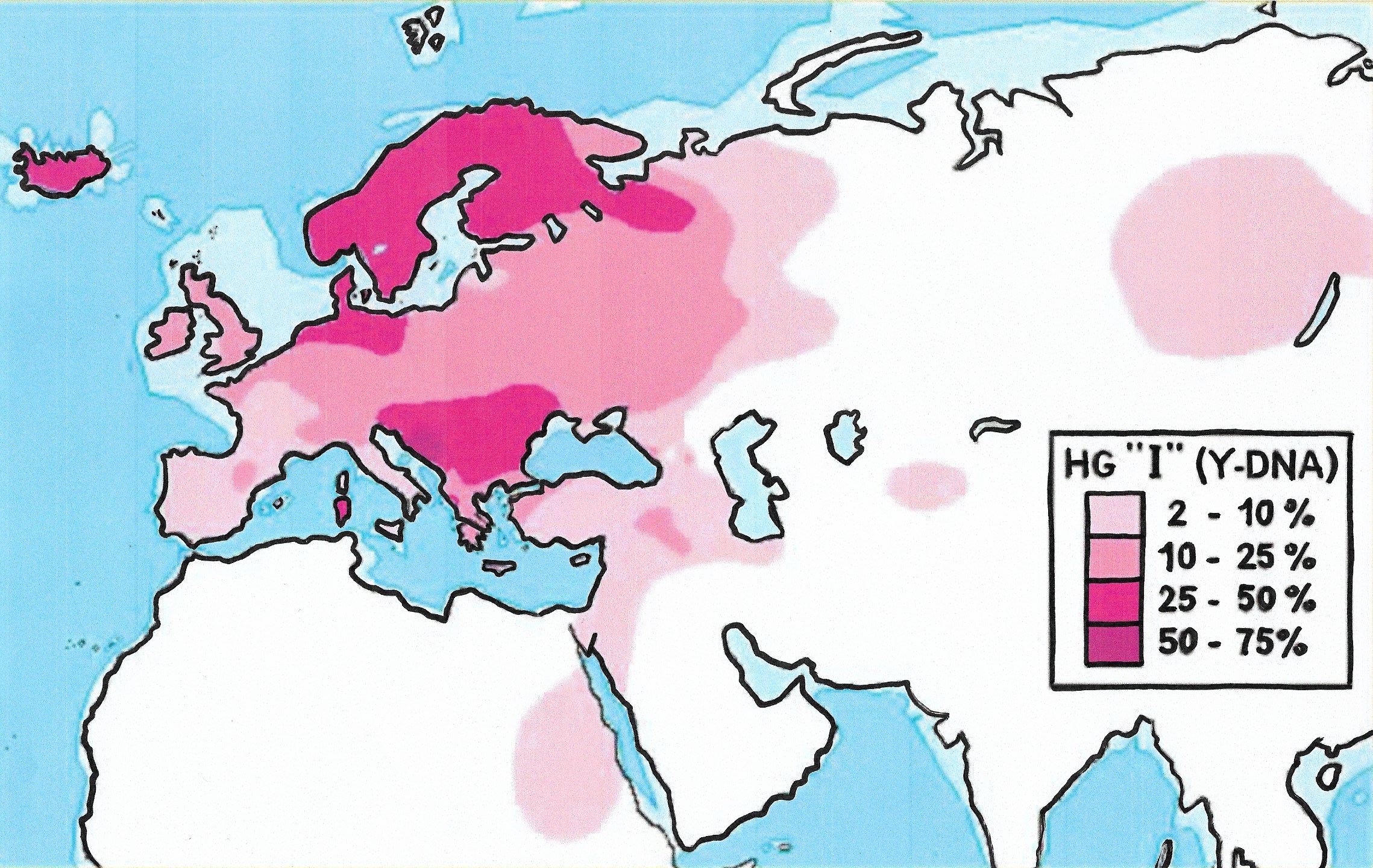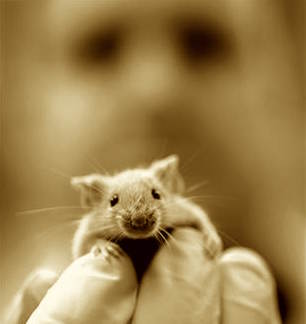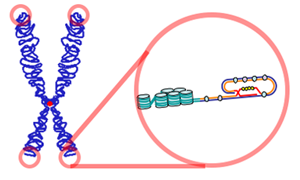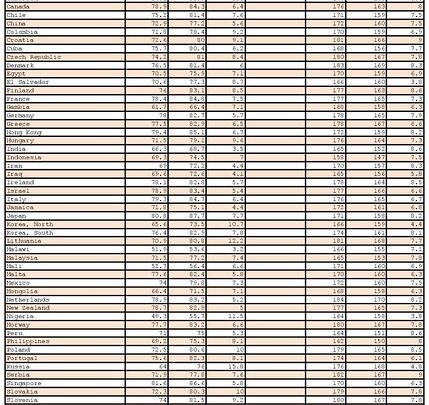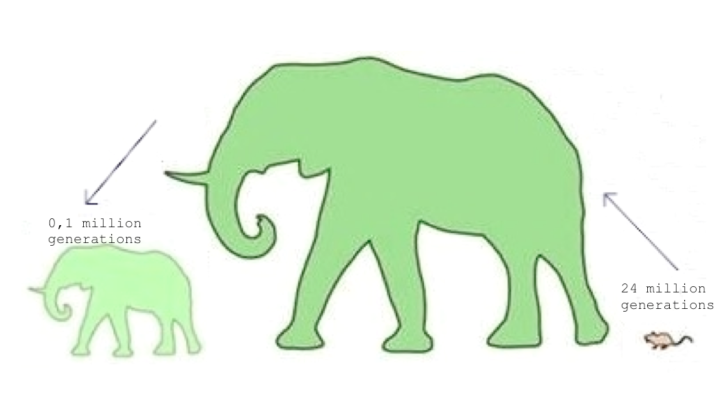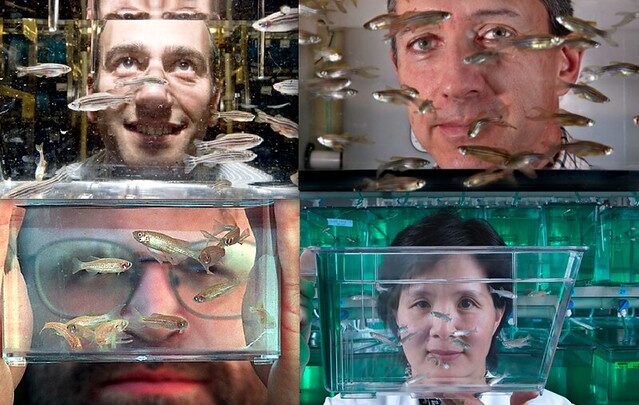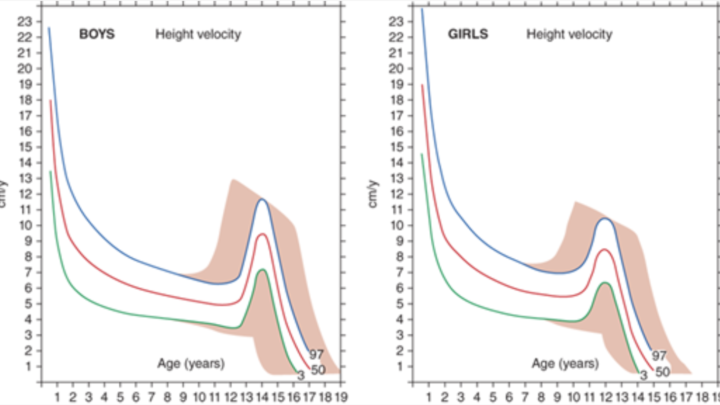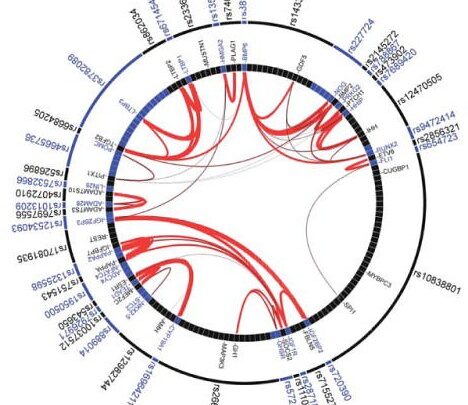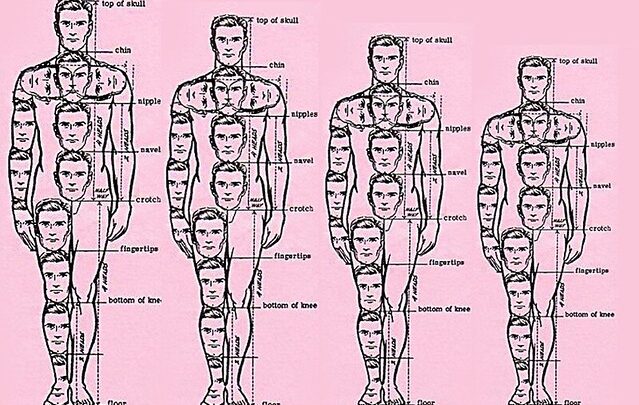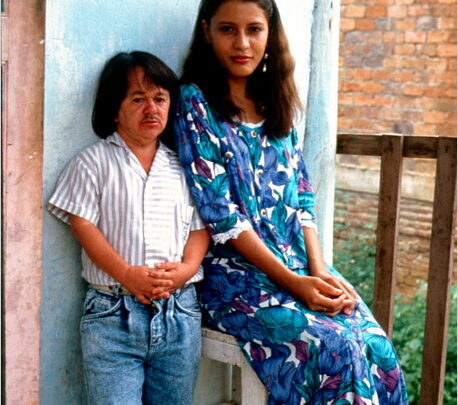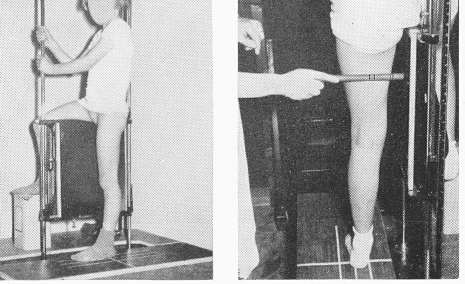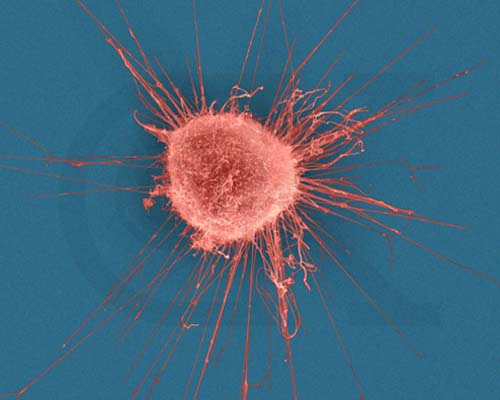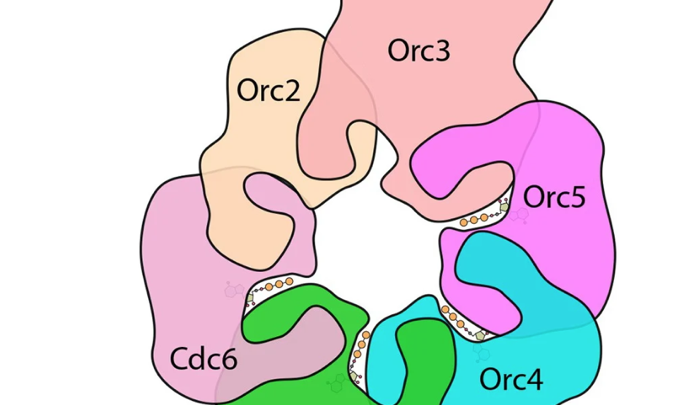Category: Science
MCR3
November 7, 2021Kohrisms
March 15, 2020The Austrian economist and political scientist Leopold Kohr opposed the “cult of bigness” in social organization. He inspired the movement for a human scale and the Small Is Beautiful movement. His most influential work was The Breakdown of Nations. In 1983, he was awarded the Right Livelihood Award. In the…
Neglecting Gravity
April 17, 2018Haplogroup Hot Switch
April 1, 2018We are the Model Organism
April 3, 2015The Incredible Shrinking Man is interested in the scientific culture of model organisms. A model organism is an animal species that is studied to understand particular biological phenomena, with the expectation that discoveries made in the organism model will provide insight into human biology. This research strategy is…
The Hayflick Limit
January 20, 2014In 1961 microbiologist Leonard Hayflick demonstrated that a population of human fetal cells in a cell culture will divide approximately 50 times before they stop. With each cell division in our body the ends of our chromosomes, the telomeres, get slightly shorter. This process continues until they shorten to a critical…
7up 7down
November 5, 2013Zebrafish Portraits
June 7, 2013Growth Deceleration
November 11, 2012180 Loci
September 26, 2012Parental Height Minus 10
March 14, 2012Hhp (Human Height Print)
December 5, 2011The Larons
November 9, 2011(Mad) Scientist Fiction
October 24, 2011Mankind seems so indoctrinated to think bigger that sometimes the mere suggestion that we should become smaller is thoughtlessly rejected as mad science. Ever since the 20th century our relationship with science, vacillating between science as the salvation of society or its doom, has been personified by…
Auxology Update
October 11, 2011Auxology is the highly multi-disciplinary science that studies all aspects of human physical growth. It includes such diverse fields as economics, medicine, nutrition, and anthropology. Auxologists could, and perhaps should, play a key role in inspiring the cultural shift needed in order to accomplish a smaller…
